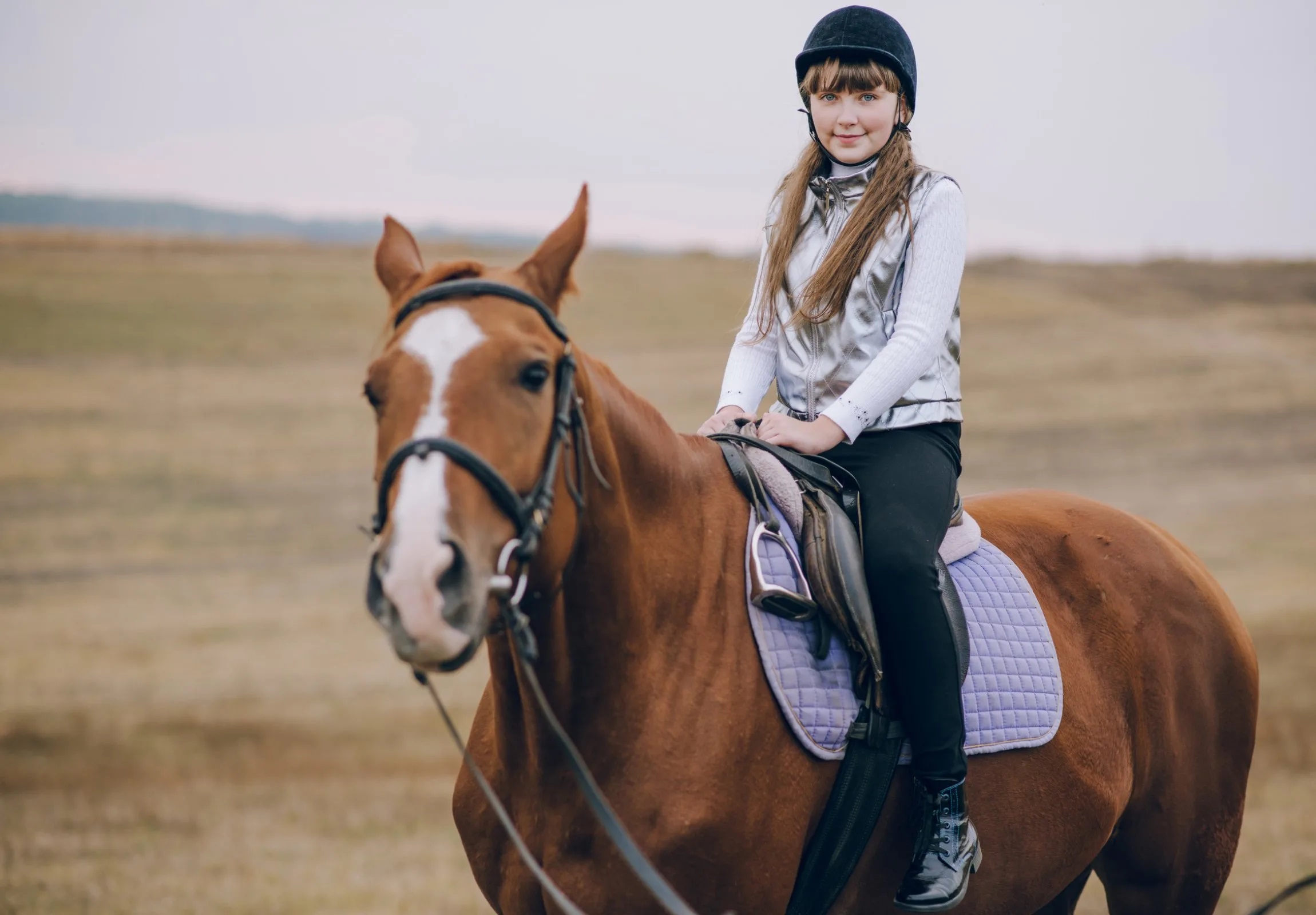Everyone can enjoy the benefits of learning to ride a horse regardless of age or physical prowess. People can improve by spending time around horses and ponies, including their physical fitness, mental health, and stress levels. You should check the learning center by searching” Learn horse riding (เรียน ขี่ ม้า, which is the term in Thai).” It’s a great way to expand your social circle and make new friends from all walks of life. This article provides you with some details about learning horse riding.
Master The Techniques Of Riding A Horse
Riding The Horse
The assistance of a riding instructor is invaluable. As you gain courage and the hang of your position and balance, they will hold the reins and walk you on the horses for a short distance. Once you feel confident, you can practice stopping and turning independently with your instructor nearby to offer guidance if necessary.
Recovering Lost Command
Try not to freak out if you are unable to steer a horse. Use the horse’s familiar call and a firm pullback on the reins. Release the reins if the horse still doesn’t move when you pull. Now, dramatically pull one rein to the point where the horse’s head turns to its back as if making a small circle turn. The horse will both slow down and shift its attention with this maneuver.
Maintain A Steady Stance And An Upright Posture.
Once you’re in the saddle, take the time to sit in a way that promotes stability. Ensure your back and shoulders are completely straight, and you can make a vertical line from your ear to your shoulder, hip, and heel.
Picking A Riding Method
While the fundamentals of Western and English riding are similar, there are significant differences, particularly in tack and rider attire.
How To Ride A Horse Properly
There is a proper way to sit on the horse so that you remain stable, the horse feels at ease, and you can effectively communicate with him regarding when to move forward, halt, and change directions.
- Your Head: Maintain an upright posture and look between your horse’s ears as you ride.
- Your Arms: In a snug position, elbows slightly bent and shoulders back.
- Your Hands: Maintain a flat back without leaning forward on the saddle.
- Your Shoulders: Keep your head and shoulders high.
- Your Legs: Your knees and thighs may lightly touch the saddle, depending on how you ride.
- Your Feet: It would be best to stand with your heels down, and your toes pointed up and forward.
Conclusion
Keep in mind that people absorb information at varying rates. Make sure you’ve mastered everything before moving on. Once you’ve mastered these fundamentals, you can start picking up speed and expanding your skill set.





